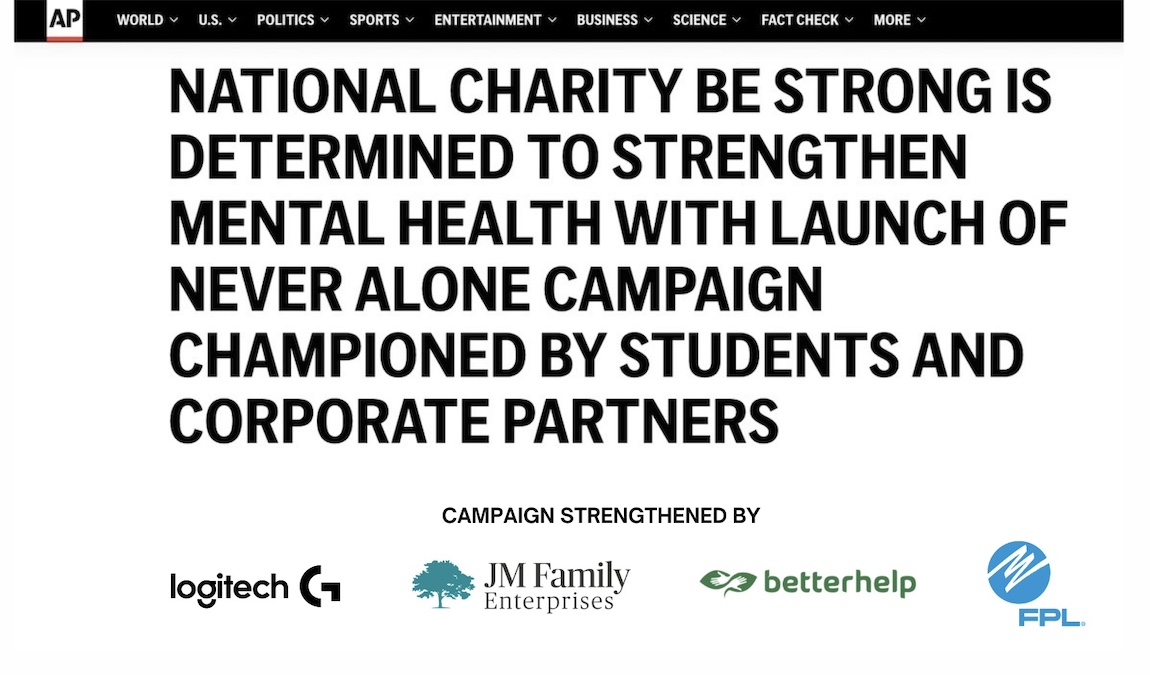Body-focused repetitive behaviors are real and can have severe impact on how people feel, specifically about themselves.
According to the TLC Foundation for Body-Focused Repetitive Behaviors, a research, education and support organization, body-focused repetitive behavior (BFRB) is a general term including several related disorders such as nail-biting, hair pulling, skin picking, lip or cheek biting, and others. Many people who engage in them do so to relieve emotional stress or physical sensations. The behaviors can result in tissue damage, bald patches and even scarring, leading to embarrassment, frustration and isolation.
Unfortunately, BFRBs are some of the least understood, most misdiagnosed and ultimately undertreated groups of disorders. Thankfully progress is being made in BFRB awareness, though it is still highly common for such repetitive disorders to be dismissed as “bad habits,” or confused with obsessive-compulsive disorder (OCD) or self-harm practices like cutting. These misunderstandings can make BFRBs harder to talk about with friends or family, making it even harder to ultimately find an individualized treatment plan that works.
It is estimated that at least one in every twenty people will suffer from at least one BFRB at some point in their lives. While the experts are still undecided, the cause of BFRBs is unknown. Emotional variables, stressors and genetics may play a role and, statistically, females are more likely to have BFRBs than males. BFRBs typically begin between the ages of 9 and 13.
If you are one the millions of people on the planet living with a BFRB, you understand that it’s not something you can simply stop doing whenever you want – or whenever you are told to stop.
Many people can relate to the feelings of isolation, anxiety and depression. BFRBs often have a patterned, circular relationship with those feelings. Emotional distress can amplify the subconscious need to engage in biting, picking, pulling or a number of other behaviors. Concern over being labeled, made fun of or excluded often lead to further isolation, shame, worry and anxiety.
If you suffer from BFRBs, it’s important to remember that you’re not alone.
If you have a loved one with BFRBs, know that they are living with real, neurobiological adversities. Try to understand that they don’t want to continue these behaviors and support them in pursuing knowledgeable care and support systems. Joining support communities with others who live with BFRBs can be highly beneficial in acceptance, better understanding, and even management tips.
Common Types of BFRBs
- Trichotillomania (hair pulling)
- Dermatillomania (skin picking)
- Onychophagia (nail biting)
- Morsicatio Buccarum (cheek biting)
- Other Body-Focused Repetitive Disorders
Treatments
Research with the goal of treating BFRBs, specifically Trichotillomania and Dermatillomania, is more common than it was 10 years ago, but there’s a lot we still don’t know. The best first step towards managing these behaviors is to learn more about the disorders and consult with a therapist to explore treatment options, which include:
- Cognitive Behavioral Therapy
- Habit Reversal Training
- Mindfulness
- Medications
- Alternative Therapies
- Awareness devices to help you recognize when your hands aren’t where you want them to be, such as nearing your face or hair
As with all things, knowledge is power. The more you know, the more options you have. Now that you know you aren’t alone – even if it sometimes feels like you are – start asking questions. You have the power to ask others with BFRBs what gives them hope, what gives them emotional and physical relief.
You are important. You are needed. You are loved… And your condition will NEVER define you.






